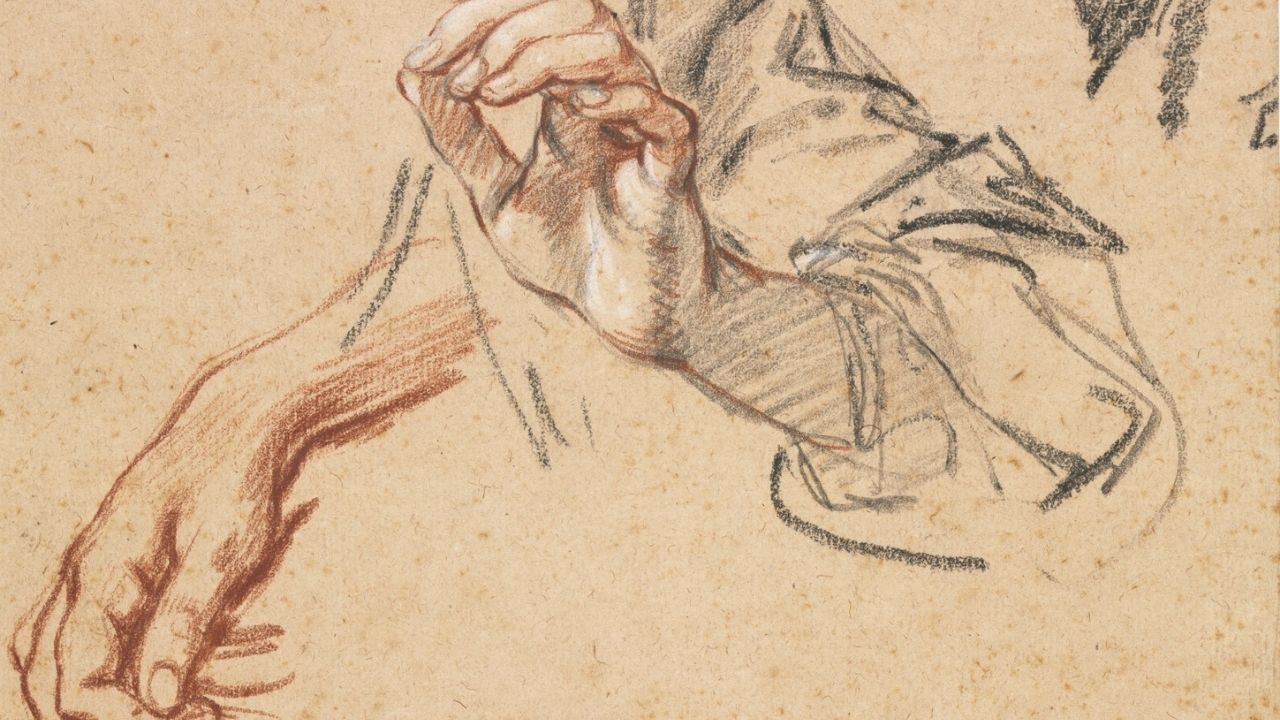
In the captivating world of art, the ability to create realistic textures through sketching is a highly sought-after skill. Whether you're an aspiring artist or a seasoned professional, mastering the art of sketching realistic textures can elevate your work and captivate your audience. In this comprehensive guide, we will explore the best sketching techniques to help you achieve stunning, lifelike textures.
Shading Techniques for Realistic Textures
Shading is the foundation of creating realistic textures in sketching. By effectively manipulating the interplay of light and shadow, you can imbue your drawings with depth, dimension, and a tangible sense of materiality. One of the most versatile shading techniques is Hatching, which involves drawing a series of parallel lines to create gradients of value. Crosshatching, on the other hand, involves drawing intersecting lines to create a more intricate and nuanced shading effect.
Another powerful shading technique is Blending, which involves softening and smoothing the transitions between values using a blending stump or your finger. This technique is particularly effective for rendering smooth, soft textures, such as skin or fabrics. Stippling, the art of creating tone through the placement of small dots, can also be used to achieve intricate and captivating textures, particularly for surfaces with a granular or rough appearance.
Rendering Techniques for Realistic Textures
While shading techniques are essential for creating the illusion of form and depth, Rendering techniques are crucial for capturing the unique characteristics of different materials and surfaces. One such technique is Stippling, which can be used to render everything from the delicate texture of fur to the gritty surface of concrete.
Another powerful rendering technique is Crosshatching, which can be used to create the illusion of a wide range of textures, from the intricate grain of wood to the weathered appearance of aged metal. By varying the density, direction, and thickness of the hatching lines, you can achieve a stunning level of realism and detail in your sketches.
Mastering Texture Through Practice
Developing the skills to create realistic textures through sketching is a journey of constant learning and practice. Begin by carefully observing the world around you, taking note of the unique textures and surfaces that capture your attention. Experiment with different materials, such as graphite, charcoal, or ink, to see how they interact with the paper and respond to your techniques.
Regular practice is key to honing your skills. Set aside dedicated time to sketch, focusing on specific textures or materials that challenge you. As you progress, challenge yourself to incorporate multiple techniques, such as combining shading and rendering methods, to create even more complex and realistic textures.
Remember, the journey to mastering realistic textures in sketching is one of patience, persistence, and a deep appreciation for the beauty of the natural world around you. By embracing these principles and consistently applying the techniques outlined in this guide, you'll be well on your way to creating captivating, lifelike drawings that will leave your audience in awe.
Conclusion
Sketching realistic textures is a transformative skill that can elevate your artistic practice and captivate your audience. By mastering shading techniques like Hatching, Crosshatching, Blending, and Stippling, as well as rendering techniques such as Stippling and Crosshatching, you can breathe life into your drawings and create a tangible sense of materiality.
Remember, the key to success lies in dedicated practice and a keen eye for observation. Immerse yourself in the world around you, study the unique textures and surfaces that inspire you, and continuously challenge yourself to refine your techniques. With time and dedication, you'll unlock the secrets to creating stunning, lifelike sketches that will set your work apart and leave a lasting impression on all who behold it.
 Writing TipsCreative WritingJournalingSketching TechniquesBuying GuidesPrivacy PolicyTerms And Conditions
Writing TipsCreative WritingJournalingSketching TechniquesBuying GuidesPrivacy PolicyTerms And Conditions
